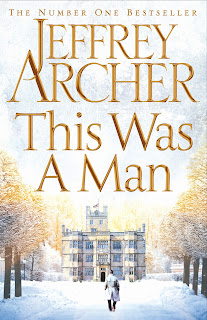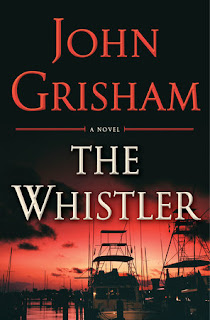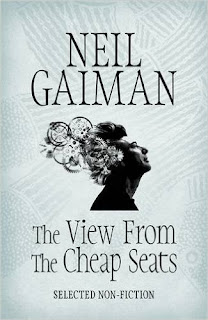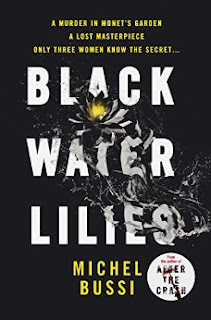End Of Saga
The story
could have gone on over a few more books, but Jeffrey Archer brings the Clifton
Chronicles to a close with the seventh book, This Was A Man. It would help if the reader had caught the last six
novels, but it works just as well as a standalone book. Still, a binge reading
session or two is recommended.
The
sprawling saga of the Clifton and Barrington families has been written by the
bestselling author with a mix of gravity, liberal dashes of humour, as much
emotion as the stiff-upper-lip British aristocratic backdrop would allow, and
spice in the form of the colourful Lady Virginia, who deserves a series by
herself.
Her
shenanigans in Book 6, Cometh The Hour,
were hilarious; here the smart, resourceful but perennially luckless Lady
Virginia gets up to no good again, but she is just the comic relief. At the
core of this book is the bitter political rivalry between Giles Barrington and
his sister Emma Clifton, who find themselves on opposite sides in Parliament,
but are perfectly civil and affectionate outside
In the last
book, Giles had spirited Karin out of East Germany, in this one he finds out
the truth about her. Emma’s loving husband, Harry, a successful writer, embarks
on his magnum opus. Their son Sebastian, a banker, deflects a hostile takeover
bid with some deft moves of his own. Sebastian and Samantha’s daughter Jessica,
a bright teenager, endangers her future over a disastrous fling.
Archer keeps
the reader engrossed with frequent spikes—Karin’s dramatic rescue when her
handler wants to kill her; the smooth defeat of business pirate Conrad Sorkin,
and, of course, a ‘guest appearance by Margaret Thatcher.’
Archer is a
master storyteller who knows exactly when to shock, when to awe and when to
give readers a small breather from the frantic goings on. His style is direct,
the writing brisk (perhaps a bit too much), dialogue workmanlike, but the
twists and turns he comes up with are always satisfying.
Then,
there’s Lady Virginia, who gives as good as she gets. You really want her
financial woes to finally end, and for her to find some measure of peace from
all that hectic scheming. Too bad she is left dangling when all the other ends
are tied up in a neat ‘goodbye’ bow.
This Was A Man
By Jeffrey
Archer
Publisher:
Pan MacMillan
Pages: 422














